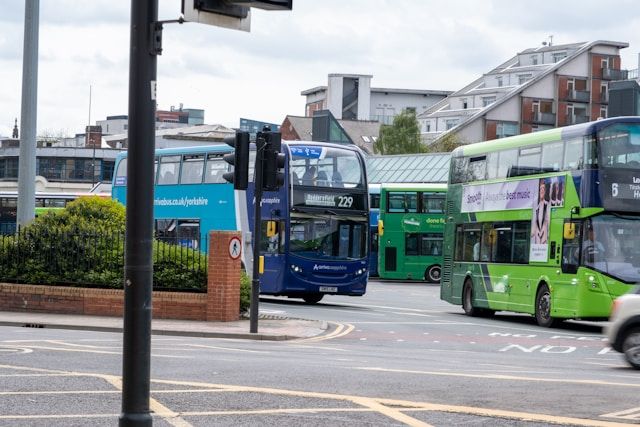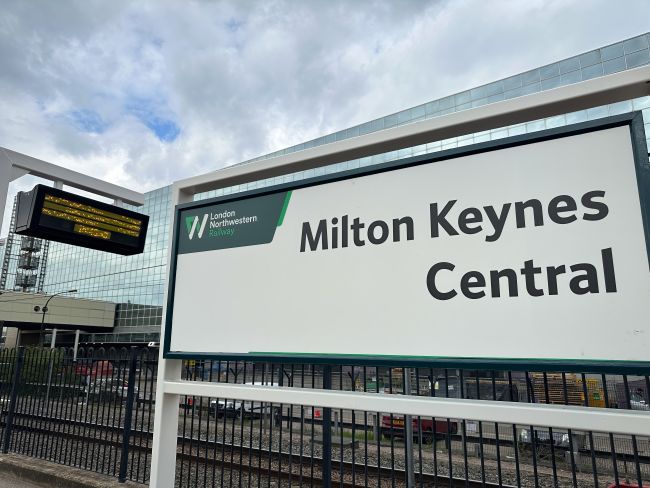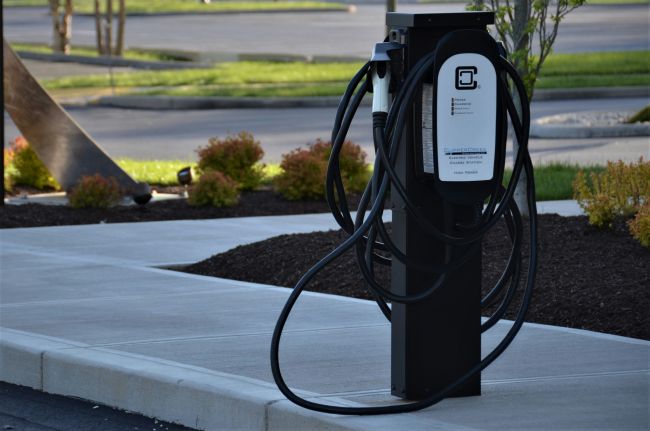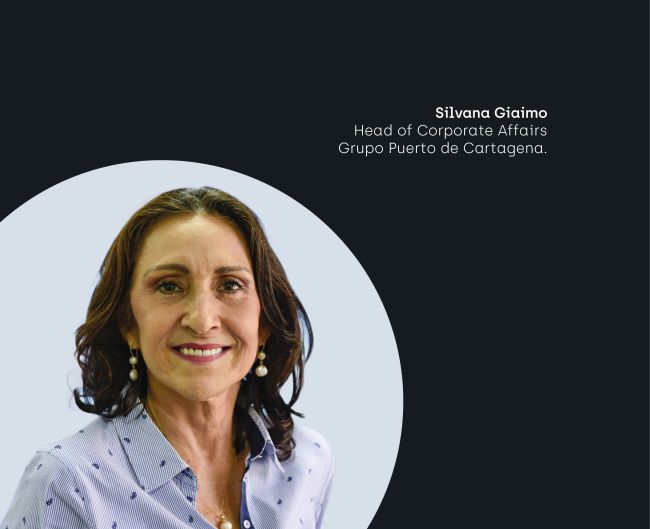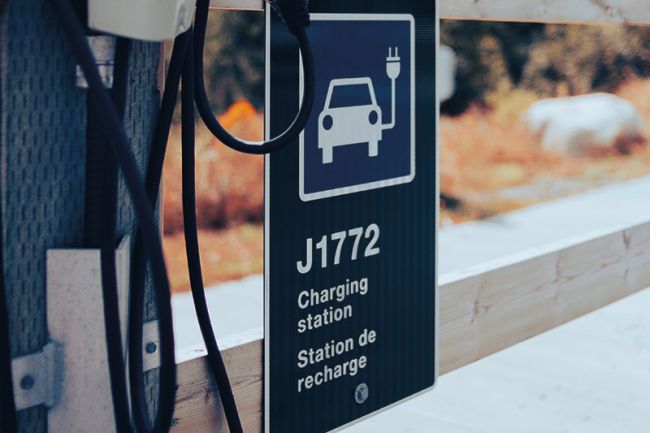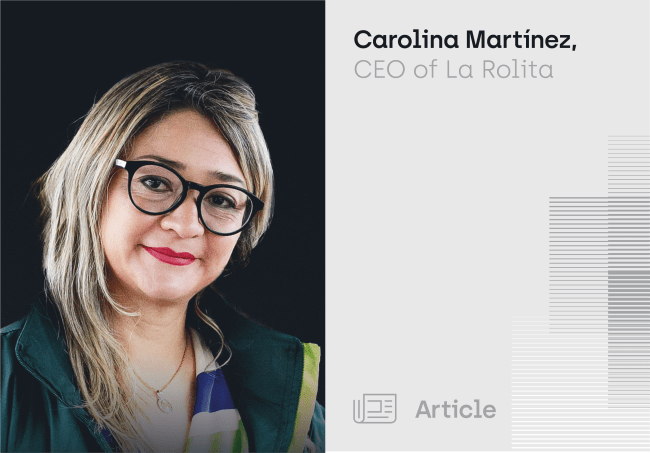UX: the next big thing for transit?
Los Angeles is on the cusp of change.
Los Angeles is on the cusp of change. With new infrastructure projects in the pipeline, what could the city's transit agencies learn from user experience (UX) research?
In 2016, Los Angeles opened a new rail line to the beach, extended the Gold Line light rail system and introduced bikeshare to five of its cities. The future looks positive, with Measure M (a recently approved half-cent sales tax) set to fund a number of large-scale rail and road projects over the next fifty years.
I’ve lived in Los Angeles for two years now, and have noticed and welcomed the way new urban mobility is being discussed. One area that people like to talk about is technology, particularly self-driving vehicles and how we will ‘subscribe’ to transportation in future — put simply, we won’t own vehicles, but instead use transportation as a service.
In order for all this to be achieved, we have to put the user first. We’ve already seen this with companies such as Uber. Their app makes hailing a cab stress-free, and they ‘iterate’ all the time — applying tweaks on a weekly basis. Getting to this level of simplicity has meant placing the user experience (or UX) at the center of the design process.
It’s a constant feedback process — design, test, iterate and repeat — and is the key to the growth of their company. It also means that they are constantly capturing data points — about how their users engage with the app, as well as the trips they take.
Uber has continued this design process with their driverless vehicle pilot in Pittsburgh: the user, sitting in the back of a Volvo XC90, is placed in the middle of the driverless experience. Uber’s process is different to the way Google is testing its vehicles — with emphasis on machine learning, without a member of the public providing feedback.
This got me thinking — what could a transit agency learn from this? How can we ‘onboard’ new transit users and get them to try an alternative mode? How can agencies then learn by capturing and analyzing the data that they collect, and make their riders happy?
At the moment, a number of real and perceived pain points prevent people from even considering transit — even those that live close to express bus or railway lines. In many cases, enthusiasm for transit vastly outweighs actual usage.
From anecdotes and surveys, many people cite safety as a major barrier, alongside the cleanliness of vehicles and stations — the rider experience can be perceived as somewhat challenging, and vastly different from that offered by Uber and Lyft. Others suggest that they are too disconnected from the network – they live too far from a bus stop or rail station and it’s quicker to drive. Payment can also be difficult, and is often one of the trickiest aspects of new rider ‘onboarding’ to overcome.
Los Angeles has the TAP smart ticketing system, but, to many, it’s a complicated barrier that they’d rather do without. Trip planning information — the simple answers to ‘what options are available’ and ‘when is my bus/train leaving’ – can also be forbidding to a new user.
Many of these barriers could be solved through user experience research and design, as well as the capture of data points and feeding them back into the design and planning process.
Let’s take the payment issue. Why ask the user, who may already use their smartphone to pay for groceries, to sign up to another payment system? Why not allow them to pay for their ticket using a tap of their smartphone? For those who don’t have smartphones, ask them (and be sure to include potential riders) what pain points slow their travel or even prevent them from using transit.
What about that disconnect issue? Transit agencies are working more closely with rideshare and bikeshare companies to integrate first and last mile solutions and, again, payment should be seamless. Partnerships with companies who put the customer first are potentially a very powerful way of encouraging people to leave their cars at home.
There are also a host of apps out there for trip planning – while many of them are excellent, they are suited to existing commuters and keep all the useful user data behind closed doors, so why do transit agencies invest money in websites that fail users?
Steer Davies Gleave's work in Seattle and San Diego has focused first on the user (both existing and new) and asked them how they interact with the network using online tools and the issues they experience. Take this knowledge and design accordingly – be bold and look at new ways of presenting information, as well as monitoring impacts through data analysis.
While it is exciting that a number of planned infrastructure projects could open up new commute options, agencies in Los Angeles will need to up their UX game. They need to start asking their customers questions, and understanding how they can learn from the step change in user experience that companies such as Uber have created (and the ways that they leverage the data) – in that way, they may have a better chance of capturing those who are open, but may otherwise never give transit a go.
